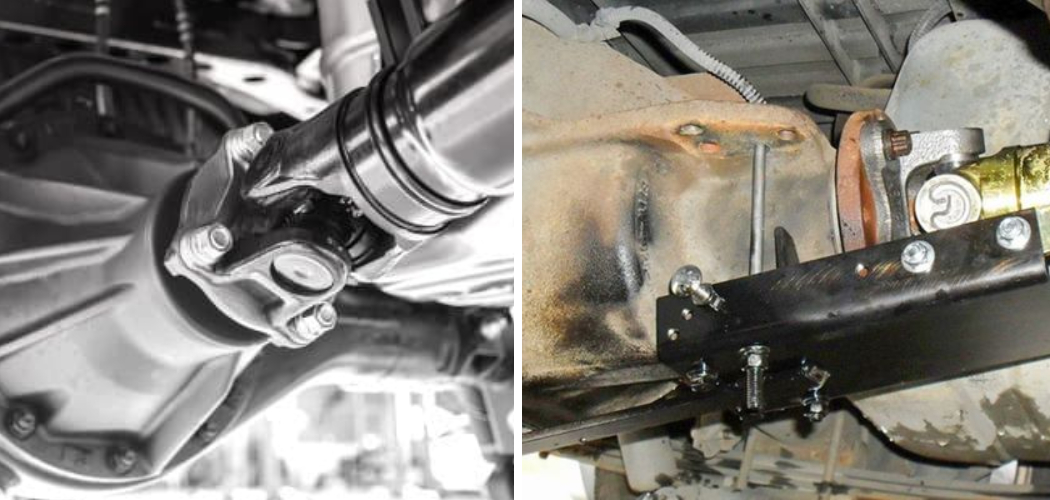Towing a vehicle can be tricky, especially if you’re not familiar with the different towing options available. One important step to consider when towing a vehicle is to disengage the transmission.
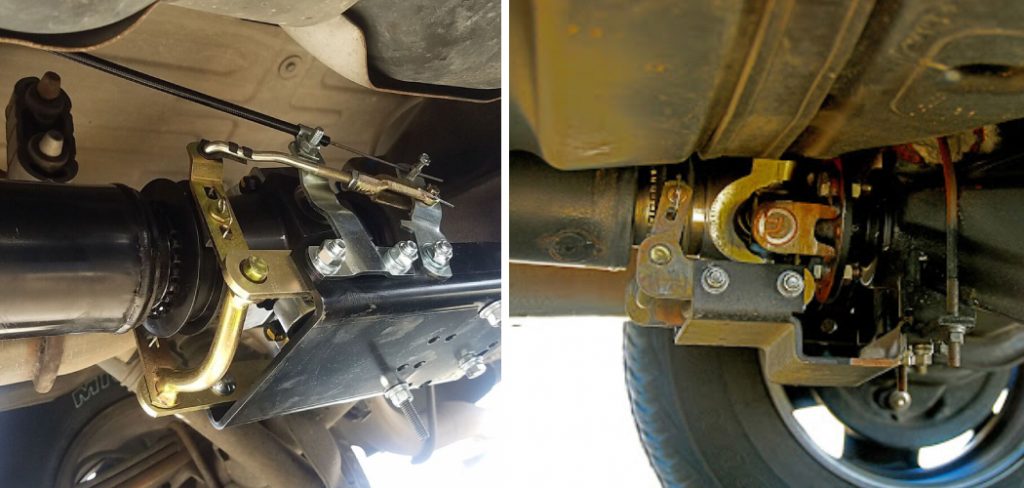
Although it may sound complicated, disengaging the transmission is actually a simple process that can prevent serious damage to your vehicle. In this blog post, we’ll guide you through the step-by-step process of how to disengage transmission for towing.
Can You Disengage Transmission for Towing?
When it comes to towing, there are a lot of moving parts to consider. One of the biggest questions many people have is whether or not they can disengage their transmission while towing. After all, you don’t want to damage your vehicle just because you need to transport something. Fortunately, the answer is yes – in many cases, you can disengage your transmission while towing.
Doing so can help protect your vehicle and make your towing experience safer and more efficient. However, it’s important to always consult your owner’s manual and follow the manufacturer’s recommendations when towing. With the right preparation and knowledge, you can ensure that your vehicle stays in top shape even when you’re hauling heavy loads.
Why Should You Disengage Transmission for Towing?
When it comes to towing, safety should always be a top priority. Disengaging your vehicle’s transmission before towing is a crucial step to ensuring a safe and successful haul. By disengaging the transmission, the wheels won’t be turning the transmission, which could cause significant damage to your vehicle. It also prevents the transmission from overheating, and it’s easier to tow when you’re rolling.
In fact, towing with the transmission in gear could damage your drivetrain or, even worse, completely total your vehicle. So, if you want to save yourself from a potentially expensive disaster, it’s best to always disengage your transmission before hooking up for towing.
How to Disengage Transmission for Towing: A Step-by-Step Guide
Step 1: Understand Your Vehicle’s Transmission
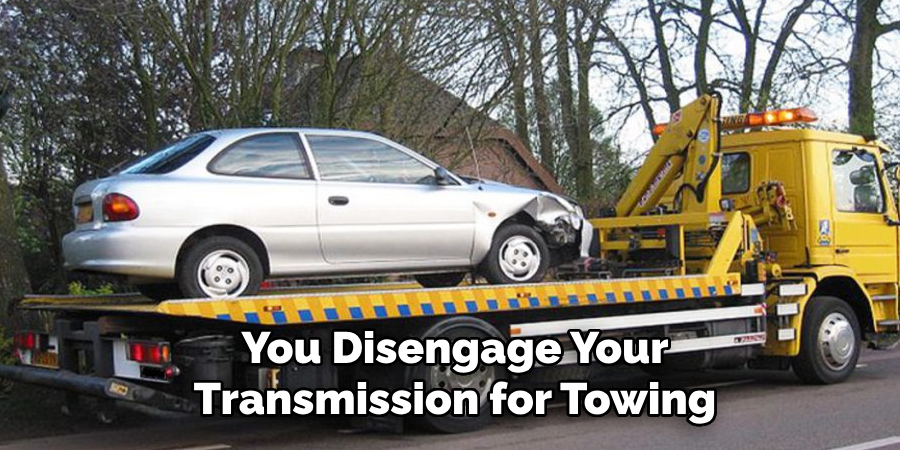
Before you disengage your transmission for towing, it’s important to understand the type of transmission your vehicle has. Vehicles with manual transmissions can be towed with all wheels on the ground as long as the transmission is in neutral. In contrast, vehicles with automatic transmissions require a bit more attention.
Many modern automatic transmissions are not designed to be towed with all wheels on the ground. This means that you will need to take additional steps to disengage the transmission.
Step 2: Gather the Necessary Tools
To safely disengage your transmission for towing, you will need the following tools: wheel chocks, a jack, and jack stands. These tools will help keep your vehicle stable and prevent it from rolling while you disengage the transmission.
Step 3: Follow the Manufacturer’s Instructions
Every vehicle manufacturer has different recommendations for disengaging the transmission for towing. Before you start the process, be sure to consult your vehicle’s owner’s manual to determine the proper steps to take. In general, these steps will include shifting the transmission into neutral and disengaging the parking brake.
Step 4: Disconnect the Driveshaft
If your vehicle has an automatic transmission, you may need to disconnect the driveshaft to tow it safely. This step will depend on the specifics of your vehicle and towing setup, so it’s important to consult your owner’s manual for instructions. In some cases, you may need to use a driveshaft disconnect device to prevent damage to the transmission. This device allows the driveshaft to spin freely while the vehicle is being towed.
Step 5: Secure the Vehicle for Towing
Once you have disengaged the transmission, it’s important to secure your vehicle for towing. Use wheel chocks to prevent it from rolling and make sure that all doors are securely closed. You may also want to use straps or chains to secure the vehicle to the towing vehicle.
Step 6: Test Your Setup
Before you hit the road, it’s important to test your setup. Start by slowly pulling forward and making sure that your towed vehicle is following properly. If you feel any unusual movements or vibrations, stop and check your setup again.
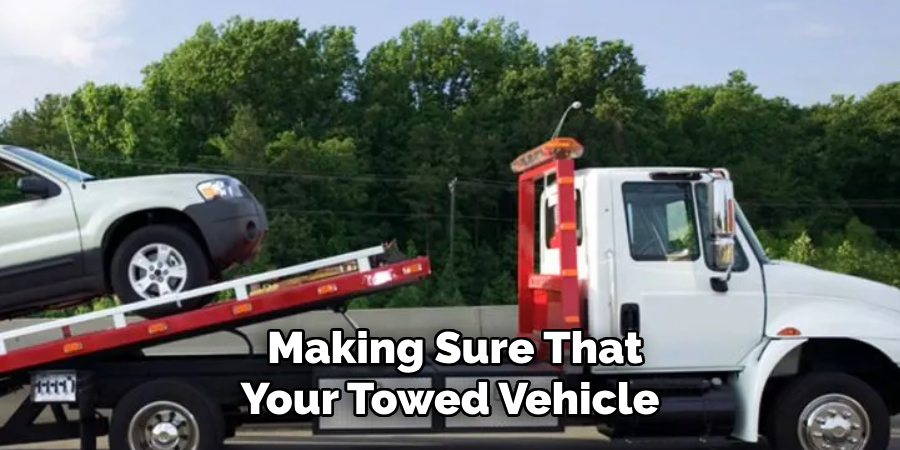
Step 7: Monitor Your Vehicle While Towing
While you’re on the road, be sure to frequently check your towed vehicle. Pay attention to any unusual noises or movements and make necessary adjustments as needed. It’s also important to follow all recommended speed limits and safety precautions while towing.
5 Considerations Things When You Need to Disengage Transmission for Towing
1. Know Your Vehicle’s Towing Capacity
Before disengaging the transmission for towing, it is important to know your vehicle’s towing capacity. This refers to the maximum weight that your vehicle can safely tow without causing damage to the engine or transmission. Exceeding your vehicle’s towing capacity can lead to costly repairs and potential safety hazards on the road.
2. Use a Tow Dolly or Trailer
When towing a vehicle, it is recommended to use a tow dolly or trailer instead of flat-towing (towing with all four wheels on the ground). This is because flat-towing can put strain on the transmission, as well as cause uneven wear on tires and suspension components. A tow dolly or trailer allows for better weight distribution and reduces stress on the transmission.
3. Follow Proper Disengagement Procedures
Each vehicle may have different procedures for disengaging the transmission for towing, so it is important to consult your owner’s manual before attempting this process. In general, you will need to shift into neutral and engage the parking brake before turning off the engine and disconnecting the drive shaft (if applicable). Skipping any steps or not following proper procedures can result in damage to your vehicle.
4. Consider Using an Auxiliary Transmission Cooler
If you plan on towing frequently or over long distances, it may be beneficial to install an auxiliary transmission cooler. This additional cooling system helps prevent overheating of the transmission during towing, which can lead to costly repairs. It is especially useful when towing heavy loads or driving in hot weather conditions.
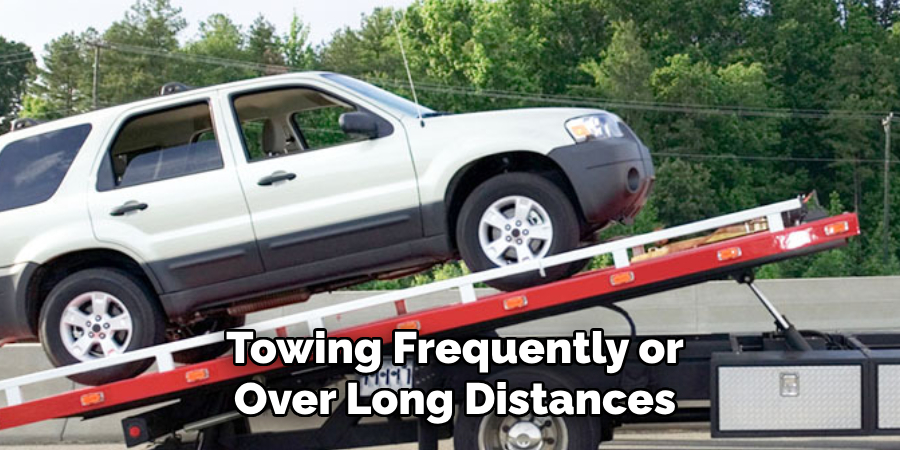
5. Be Aware of Road Conditions and Weather
When disengaging the transmission for towing, it is important to also consider road conditions and weather conditions. Avoid steep inclines or rough terrain that could put extra strain on your vehicle’s transmission. Additionally, be aware of weather conditions such as high winds or heavy rain which could make towing more difficult and potentially dangerous.
Benefits of Disengage Transmission for Towing
Driving with a trailer attached can be a daunting task. But with a disengage transmission, towing has never been more effortless. Not only does a disengage transmission simplify the process, but it also has a multitude of benefits. One of the greatest advantages of a disengage transmission for towing is the increase in fuel efficiency. Without the added drag from the trailer, your vehicle is able to use less fuel which translates to saved money at the pump.
Additionally, a disengaged transmission allows for smoother acceleration and braking, reducing the likelihood of wear and tear on your tires and brakes. In summary, if you’re someone who frequently tows, investing in a disengaged transmission can save you time, money, and stress on your vehicle.
4 Common Mistakes People Make When Trying to Disengage Transmission for Towing
1. Not Understanding the Proper Procedure
One of the most common mistakes people make when trying to disengage transmission for towing is not understanding the proper procedure. This can lead to damaging the transmission or other parts of the vehicle. It is important to consult the owner’s manual or seek guidance from a professional before attempting to disengage the transmission.
2. Forgetting to Disconnect Drive Shaft
Another mistake people make is forgetting to disconnect the drive shaft before towing. The drive shaft connects the transmission to the wheels, and if it is not disconnected, it can cause damage to both the transmission and wheels while being towed.
3. Using Incorrect Towing Equipment
Using incorrect towing equipment can also be a costly mistake when trying to disengage the transmission for towing. It is important to use appropriate equipment such as a tow bar or dolly specifically designed for towing vehicles with automatic transmissions.
4. Ignoring Weight Limits
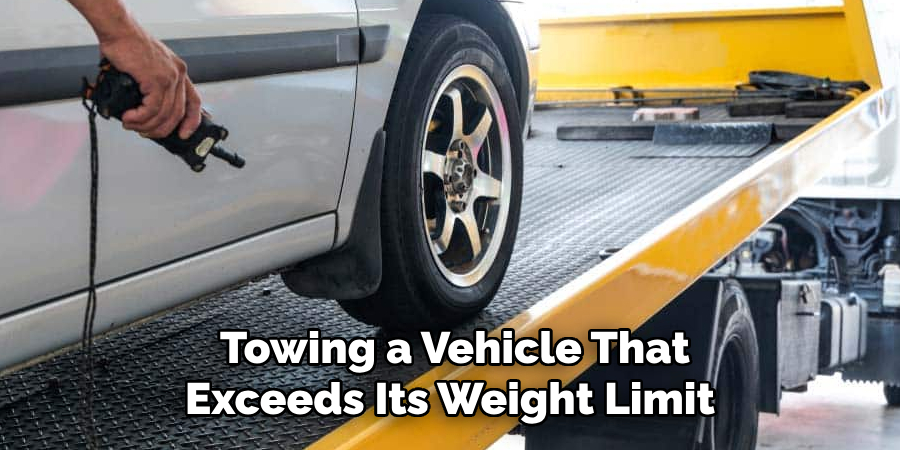
Ignoring weight limits is another common mistake that people make when trying to disengage transmission for towing. Towing a vehicle that exceeds its weight limit can put excessive strain on the transmission, causing damage or even failure. It is crucial to know and adhere to weight limits when towing a vehicle with an automatic transmission.
Conclusion
Disengaging your vehicle’s transmission for towing is an important step to prevent damage to your vehicle and ensure a safe towing experience. By following the steps outlined in this guide, you can safely disengage your transmission and prepare your vehicle for towing.
Remember to always consult your owner’s manual for specific recommendations, as the steps required may vary depending on the make and model of your vehicle. With the right tools and knowledge, you can safely tow your vehicle with confidence. Thanks for reading our post about how to disengage transmission for towing.

